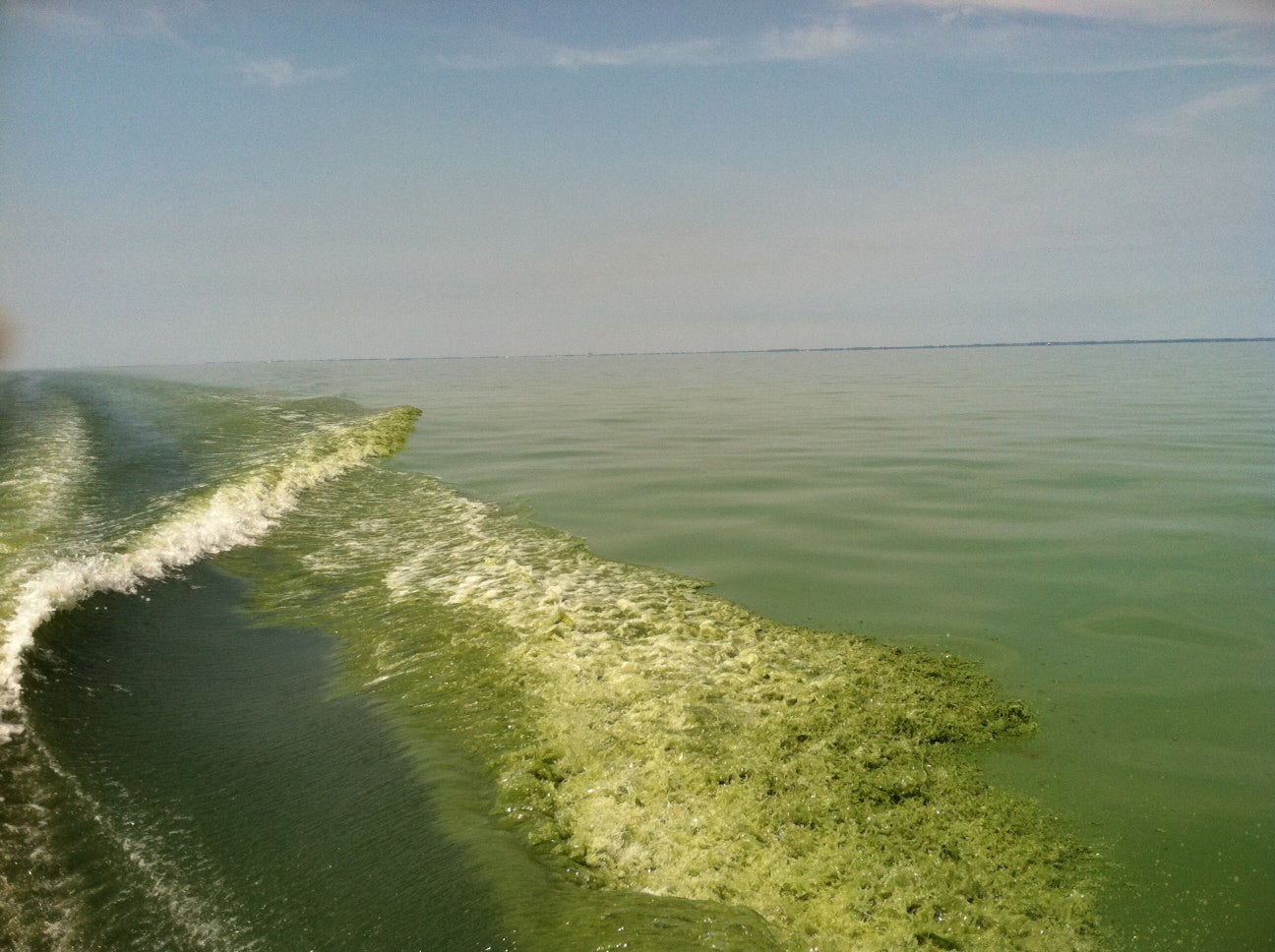
Photo credit: John Rae
Denny Friest is one of the most progressive and savvy farmers I’ve ever met. Through his participation in the Iowa Soybean Association’s On-Farm Network since 2001, Denny conducted replicated strip trials on his operation to compare different nitrogen application rates and find ways to be more efficient and profitable.
The Iowa legislature saw so much value in this field trial program that it provided funding to reimburse farmers who lost yield in their efforts to improve efficiency. With no risk involved, Denny was able to see “how low he could go” with fertilizer applications before he had an economic loss in production. Read More











